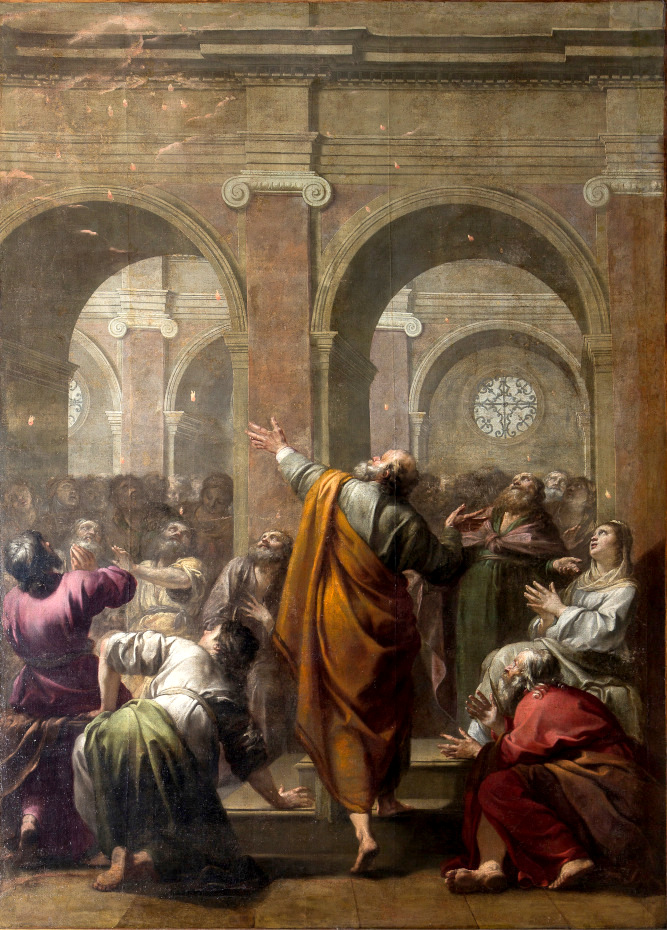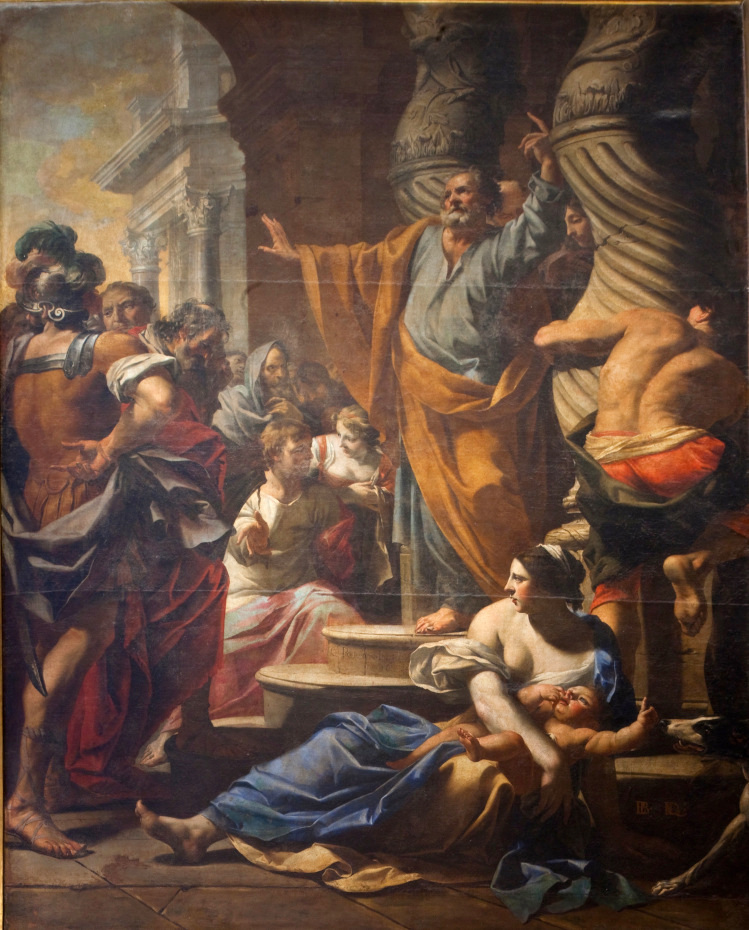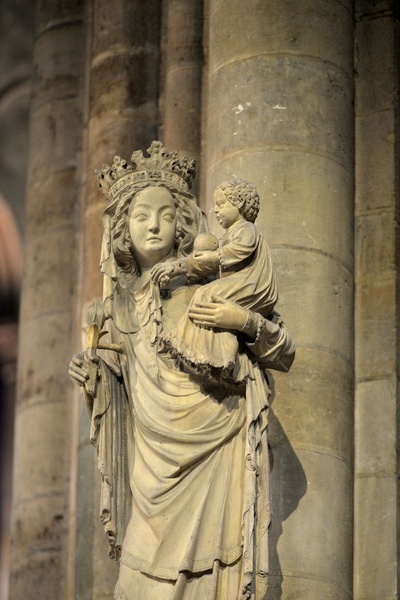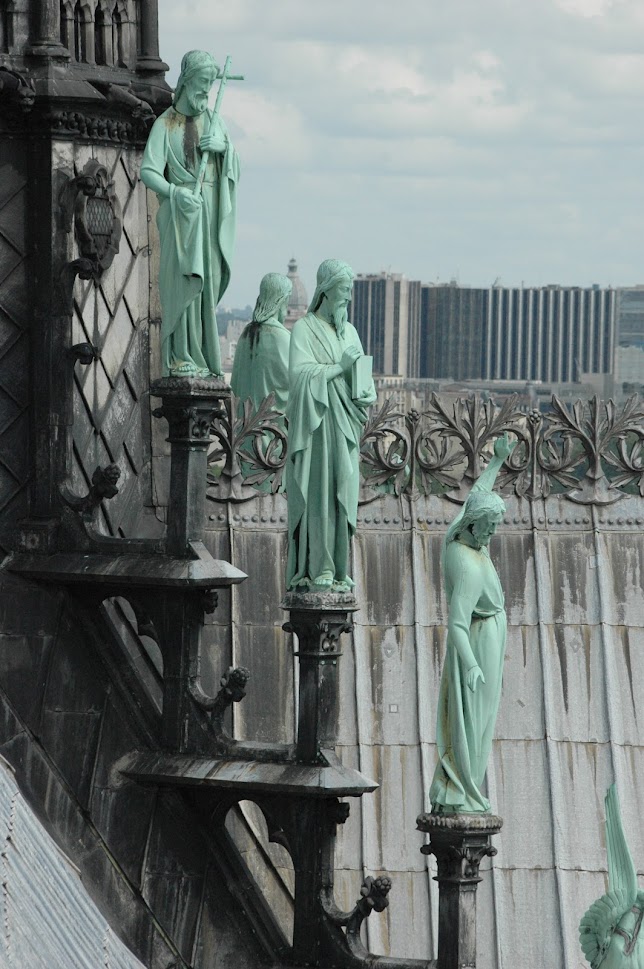Artworks

The “Mays” of Notre-Dame

The Mays are a series of large paintings, which were offered to the cathedral each year on 1 May, from 1620 to 1707, by the corporation of Paris goldsmiths. They adorned the pillars of the nave until the Revolution, which dispersed them … until the 1950s, from which 13 of them progressively returned to Notre-Dame.

The Mays of the 16th century, small in size and evoking Marian history, were gradually replaced by the monumental canvases we know today. The artists, selected following a competition, are all famous names of Grand Siècle painting. Most of them came from the young Academy of Painting and Sculpture, founded in 1648: Claude Vignon, Sébastien Bourdon, Charles Le Brun, Eustache Le Sueur… The canons, responsible for the choice of themes, especially favored that of the Acts of the Apostles, for which the Mays provide a rich illustrative cycle.
Notre-Dame de Paris (statue)

The “Notre-Dame de Paris statue” is a 14th-century sculpture representing the Virgin and Child. It originally stood in the Saint Aignan chapel, but was moved to the cathedral in 1818 on Viollet-le-Duc‘s initiative and has remained there ever since. Backing onto the south-east pillar of the transept, near the altar dedicated to Mary, it embodies the timeless image of Our Lady (Notre Dame).
The Pietà of the choir

A Pietà designates an image where the Virgin mourns the death of her Son, taken down from the Cross, whose body is lying on her knees. The Pietà de Notre-Dame is a baroque sculpture, made by Nicolas Coustou as part of the redesign of the choir in the 18th century. It is flanked left and right by statues of Louis XIII and Louis XIV, represented in the attitude of the donor who gives the Virgin the insignia of his power.

of the donor who gives the Virgin the insignia of his power. Six bronze angels surround the central couple, each charged with a symbol of the Passion: the crown of thorns, the nails of the crucifixion, the sponge soaked in vinegar, the inscription “INRI” surmounting the cross, the reed with which Christ was scourged and the spear which pierced his heart. Since the 1990s, the group has been dominated by Marc Couturier’s Cross and Glory ensemble: a golden cross and halo, whose presence above the Pietà signifies, for all Christians, the triumph of verticality over horizontality, of light over darkness, of the eternal life promised by Christ over violence and death.
The spire statues

Set of sixteen copper statues, representing the twelve apostles and the symbols of the four evangelists (man, eagle, bull, lion), which used to decorate the spire designed by Viollet-le-Duc in the 19th century. The architect dared to include Saint Thomas in his features, face raised to the sky, as if to admire his work… The statues were taken down a few days before the fire, thus escaping the tragedy. They are currently exhibited at the Cité de l’Architecture et du Patrimoine (75016), where they will remain for the duration of the works.
© Photos Notre-Dame de Paris, Diocèse de Paris